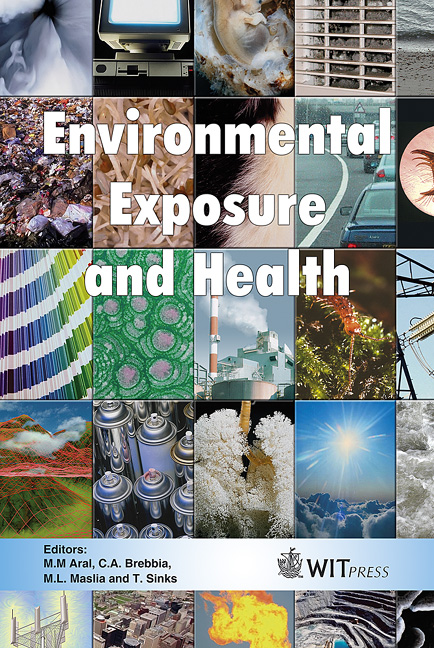Quantitative Assessment Of Human Exposure – UVA Radiation
Price
Free (open access)
Transaction
Volume
85
Pages
9
Published
2005
Size
410 kb
Paper DOI
10.2495/EEH050351
Copyright
WIT Press
Author(s)
M. G. Kimlin, A. V. Parisi, J. M. Macaranas & D. J. Turnbull
Abstract
Humans are exposed to ultraviolet radiation in their normal day-to-day lives. Much research has been conducted into the impact of exposure to UVB radiation (280 – 320nm), whist research into impact of exposures to UVA radiation (320 – 400 nm) is gaining momentum. Exposure to UVA radiation has been linked to increasing the risk of skin cancer, DNA damage, ocular diseases and immunosuppression. Unlike UVB radiation, UVA radiation is transmitted through material such as window glass found in offices and homes. Accordingly, humans are exposed to this radiation in environments where UV exposure is not normally associated (indoors). This paper describes a prototype UVA dosimeter that is responsive to the UVA wavelengths only and does not respond to the UVB wavelengths and how this dosimeter can be used to assess personal UVA exposure. Keywords: UVA radiation, solar UV, dosimetry. 1 Introduction Most acute responses of humans to UV exposure occur as a result of UVB exposures (280nm to 320nm), as these wavelengths are highly sensitive in creating a human biological response. However, of the solar UV radiation reaching the surface of the earth, only 5% of it comes from UVB while at least 95% of the remaining comes from UVA (320 to 400nm). This high proportion of UVA reaching the earth’s surface has prompted an awareness of its likely
Keywords
UVA radiation, solar UV, dosimetry.




